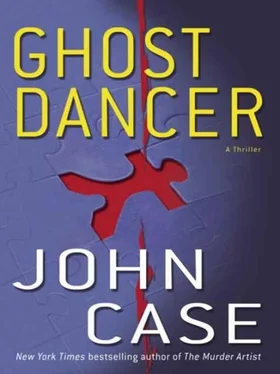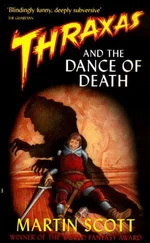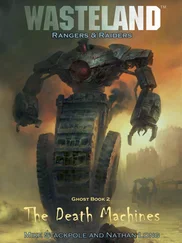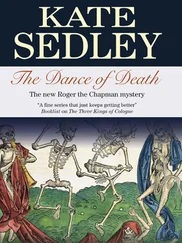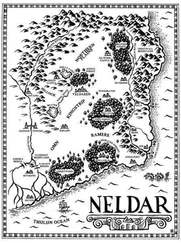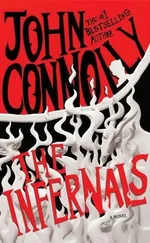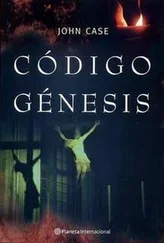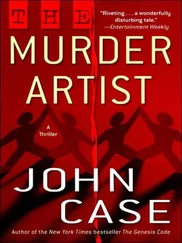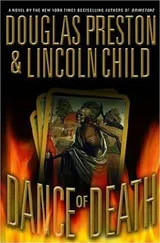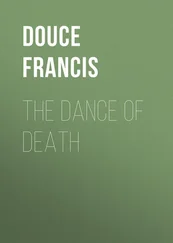FBI agents arrested Wilson as he left the meeting. The next day, he was indicted for violating the Invention Secrecy Act.
Burke found out what that was through the Federation of American Scientists’ website. The act was passed in 1951, and established protocols for the government’s seizure of inventions deemed vital to national security. Within the Patent and Trademark Office, special examiners look over all patent applications to determine if there is a national interest. Qualifying applications are referred to boards in the affected precincts – most often, the Department of Defense and the Department of Energy. Their recommendations are usually final.
In most cases, the seizure of a patent is not a hardship for the inventor, because the patent was developed with government funding. But for some inventors it is a hardship. In 2003, for instance, nearly half of the one hundred fifty patent secrecy orders related to private, or so-called John Doe, inventions.
The inventors’ appeals almost always failed, as did their complaints of insufficient compensation. How do you establish the commercial value of something that has never come to market – and never will? How do you make your case when you’re forbidden by law from discussing the invention itself?
Burke rocked back in his chair. Now he understood Wilson’s affection for Atlas Shrugged and Francisco d’Anconia. But what did Wilson invent? Given his interest in Tesla, and the government’s assertion of eminent domain, it was probably a weapon.
Burke went back to the well.
Following his arrest, Wilson was transported to San Francisco County Jail #1, where he shared a cell and small talk with a motorcycle thug named Robbie Maddox. Before the despairing Wilson was able to arrange bail, Maddox met secretly with sheriff’s deputies, insisting that his cellmate was planning to kill the U.S. attorney.
Two days later, Maddox initiated another discussion with Wilson. This time he was wearing a wire.
At Wilson’s trial on charges of solicitation of murder, the following exchange was played for the jury:
Sozio? Yeah, I would definitely… like to see that sonofabitch go down.
How much would that be worth to you?
You gotta be kidding!
No, really! How much?
Christ, I don’t know… Why?… You know someone who could do it?
I could do it…
Get outta here… is that a deal?
…yeah, sure… deal.
Wilson’s defense attorney, Jill Apple, agreed that her client was angry at the government for seizing his invention. And yes, he had undoubtedly vented that anger to Maddox. But, she argued, the government’s assertion that Wilson’s remarks constituted a threat, much less a contract, was ridiculous. If Wilson was conspiring to murder anyone, where was the overt act to further the conspiracy? It didn’t exist. He didn’t do anything. All her client had actually done, Apple insisted, was shoot off his mouth – because his world was crumbling around him. That was a mistake, she said, but it was not a felony.
She argued that her client was a victim of entrapment, and insisted that Wilson’s remarks had been taken out of context. Apple called Maddox a “provocateur,” and pointed out that after Wilson was charged with solicitation of murder, the U.S. Attorney’s Office moved to dismiss Maddox’s indictment in a drug case.
The jury didn’t buy it. Wilson was convicted. And because his target was the U.S. attorney, he was sentenced to “the Alcatraz of the Rockies” in Florence, Colorado.
There he spent his first year locked down in a six-by-ten concrete cage, doing time beside the likes of the Unabomber, the Shoebomber, Terry Nichols, and Ramsay Yousef. Condemned by Amnesty International for violating the United Nations’ minimal rules for prisoners, the Supermax prison in Florence was brightly lighted twenty-four hours a day. But not by the sun. The only daylight the prisoners could see was a segment of sky, high up on the wall. Like everything else, this was a security feature. In the absence of a landscape, escape became psychologically impossible. All that was left to the prisoners was a toilet, a sink, and a slab of concrete to sleep on. That, and a TV screen embedded in the wall, tuned to insipid programming.
Burke rocked back in his chair. Supermax, he thought. Jesus!
There were only two Supermax facilities in the federal system, he read, though six others were planned. Of the two, the one in Florence was newer. And therefore crueler. More state of the art. The inmates were effectively buried alive.
Burke had been brought up on movies of convicts pumping iron, playing football, or running on a guarded track. But there was none of that for most of the prisoners in Florence. Their first year, and sometimes two, was spent in their cells with virtually no opportunity to exercise or interact with others, including the guards. If their behavior changed – if they embraced the hopelessness of their situation and surrendered to apathy – they might someday be released into the larger population of less dangerous inmates. Until then, they might just as well be frozen in amber.
It was all about isolation.
Guards slid the prisoners’ meals into revolving “food wickets,” so that the trays appeared in the cells with no apparent human intervention. Drains and drainpipes, which inmates used to communicate in other prisons, were damped. You could bang on the toilet all day long, and no one would hear you. Cells were soundproofed, and sealed off by two doors, one barred, the other solid.
Even as the inmates were denied a view of the surrounding landscape, visitors were equally clueless of the terrain. The only approach to the prison was through a long, winding tunnel. As with the meals in the cells, visitors arrived out of nowhere to find themselves in a hermetically sealed, antiseptic hell, surrounded by walls gleaming with razor wire, monitored by pressure pads, motion detectors, and dogs.
It was, Burke thought, a long way for Wilson to fall, and a hard place to land. He glanced at the notes he’d made, then worked the Internet to find telephone numbers for the U.S. Attorney’s Office in San Francisco; Wilson’s lawyer, Jill Apple; and Robbie Maddox.
He gave up on Maddox right away. Anywho.com didn’t have a listing for him in San Francisco, which meant that he could be anywhere. Sozio was easier to locate. He was a judge now, working out of the same federal building in San Francisco where he’d previously worked as a U.S. attorney, but there were so many layers of insulation between him and the public that getting an interview would be virtually impossible. That left Apple.
He found her number the old-fashioned way, through information. Half an hour later, he was lying to her. He told her he was a journalist who wrote for Harper’s, Counterpunch, and Salon. He mentioned some of the stories he’d covered (as a photographer), and said he was thinking of doing a piece about the Invention Secrecy Act. He was calling her because he’d become interested in one of the cases she’d handled.
“Jack Wilson,” she guessed.
“Right!”
She was a friendly woman with a warm southern voice. “Are you in touch with Jack?” she asked. And then, in a rush of realization: “He ought to be out by now!”
“Yes, he’s been released but, no, I don’t know where he is,” Burke told her. “I was hoping-”
“Well, I can’t help there,” she said. “We didn’t stay in touch.”
“No?”
“No. We appealed, but… I imagine he’s a different person, now.”
“Yeah, well, he would be.”
She sighed. “It was heartbreaking, really.”
“How’s that?” Burke asked.
Читать дальше
